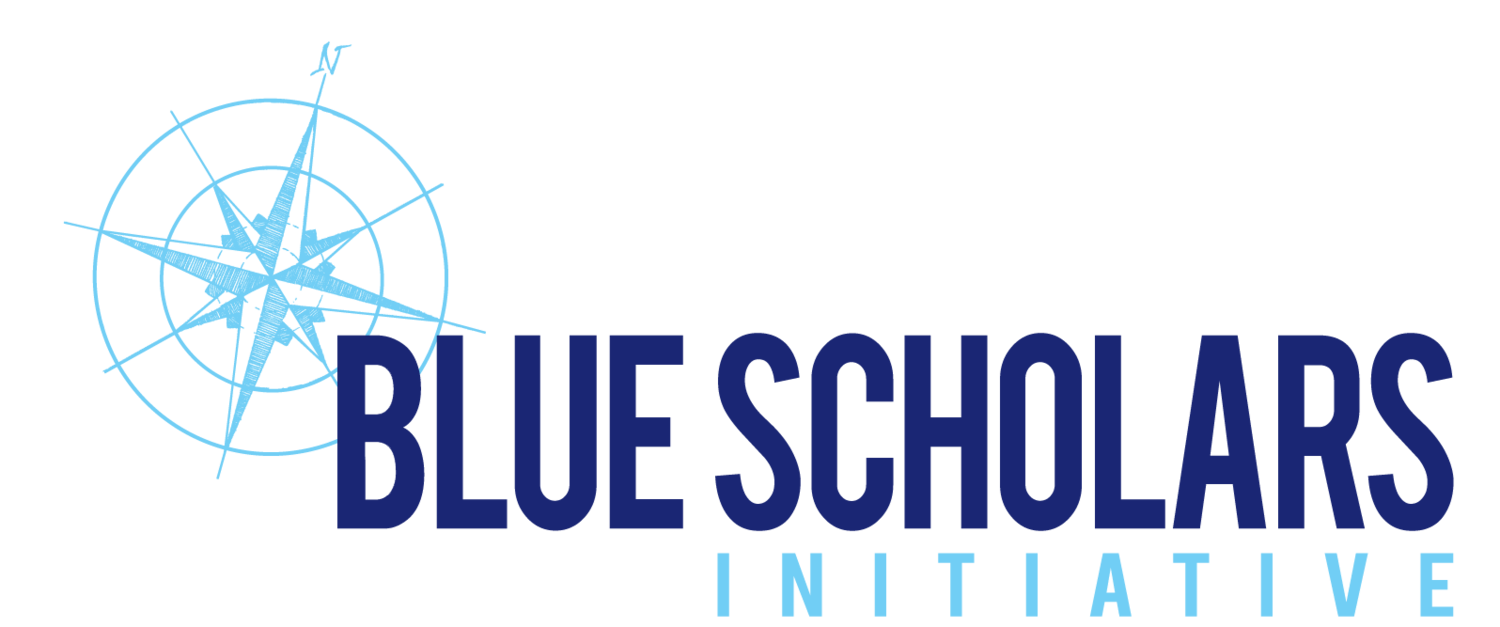Despite being the morning after trick or treating, 20 enthusiastic students joined Blue Scholars Initiative for its maiden voyage under clear blue skies on beautiful Biscayne Bay. Departing from Matheson Hammock Marina, our two 32’ Rigid-hulled Inflatable Boats (RIBs) ventured south to Chicken Key on the northwest edge of Biscayne National Park.
Discussions of the flora and fauna began even before leaving the channel as active feeding on baitfish by various species of seabirds was observed along the mangrove shoreline. This segued into the marine biology lesson with the Leatherback Turtle group about life in the bay and the food chain. Students discussed the bottom of the food chain and the power of plants to photosynthesize light energy from the sun to create food. At the same time in marine ecology, the Biscayne Bay Bombers group learned about the dynamic underwater habitats of both the mangrove forest and the neighboring seagrass meadow. Calm water provided a clear view into the ecosystem beneath the surface where different species were identified and recorded for further discussion.
“It was so cool because it was like a classroom on the water.”
Climate change and sea level rise were topics of discussion in both lessons as well. The groups learned that water quality is critical to sustaining life in the bay, and in marine biology, students sampled the water to measure temperature, pH, salinity, dissolved oxygen and turbidity. Once recorded on their data sheet, they discussed the factors that influence these measurements and the narrow thresholds necessary for maintaining healthy marine ecosystems.
Crossing east into Biscayne National Park, our RIBs motored to Soldier Key where students observed pelicans diving for fish, sea turtles surfacing for air, and spotted eagle rays undulating through the tranquil water. This second teaching site was teeming with life and provided additional opportunities for discussion relating to oceanic and coral reef ecosystems. Though further from the mainland, Miami’s downtown skyline was an ever-present reminder of the influences of human development and the resulting pressure on the environment.
The final teaching component takes place on land and focuses on watershed concepts utilizing a model to illustrate various types of point- and non point-source pollution. Returning to Matheson Hammock Marina slightly behind schedule, this lesson was unable to be completed, unfortunately. Scheduling of future programs however, will consider this and other information gained from this pilot to create a more efficient and effective experience for the students.
We thank all who participated, including the parent drivers, and look forward to working with our next group of Blue Scholars very soon. Special thanks also to Valeria, Doug and Catherine for capturing these colorful moments from the morning.









